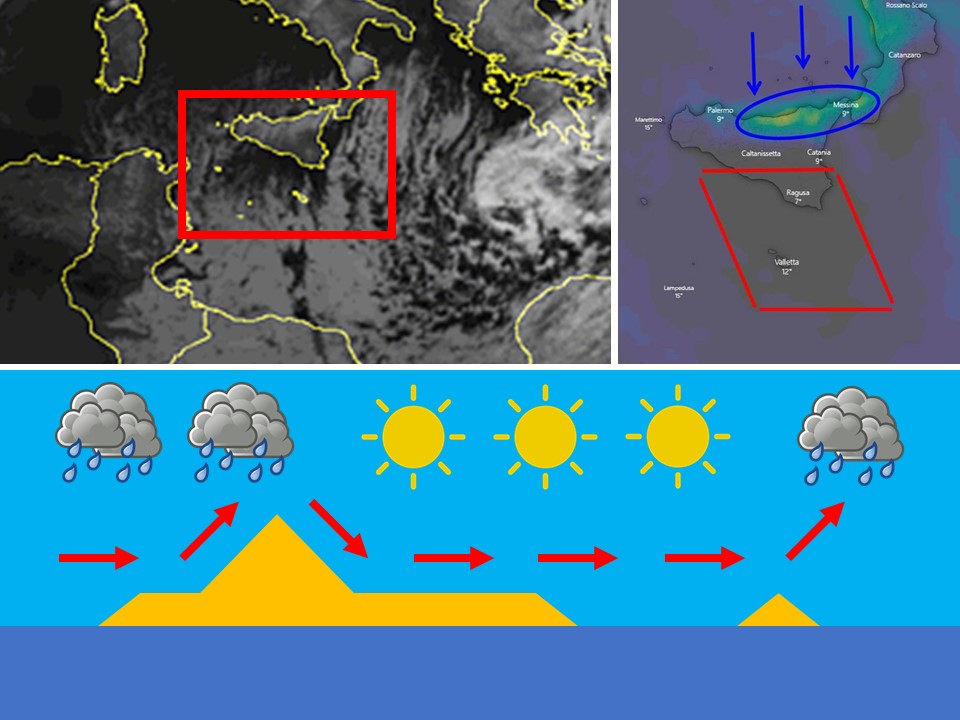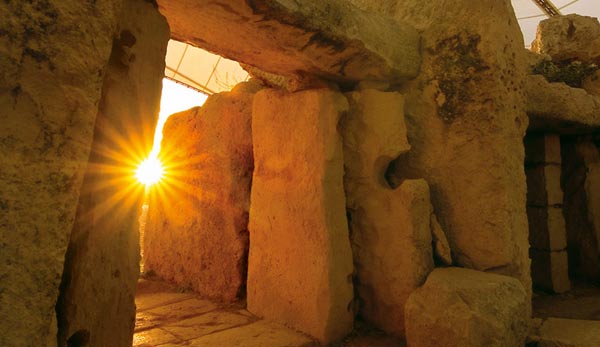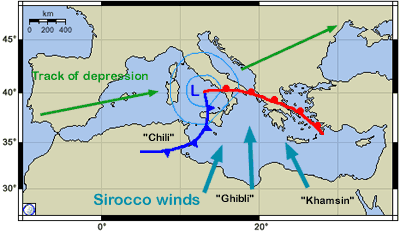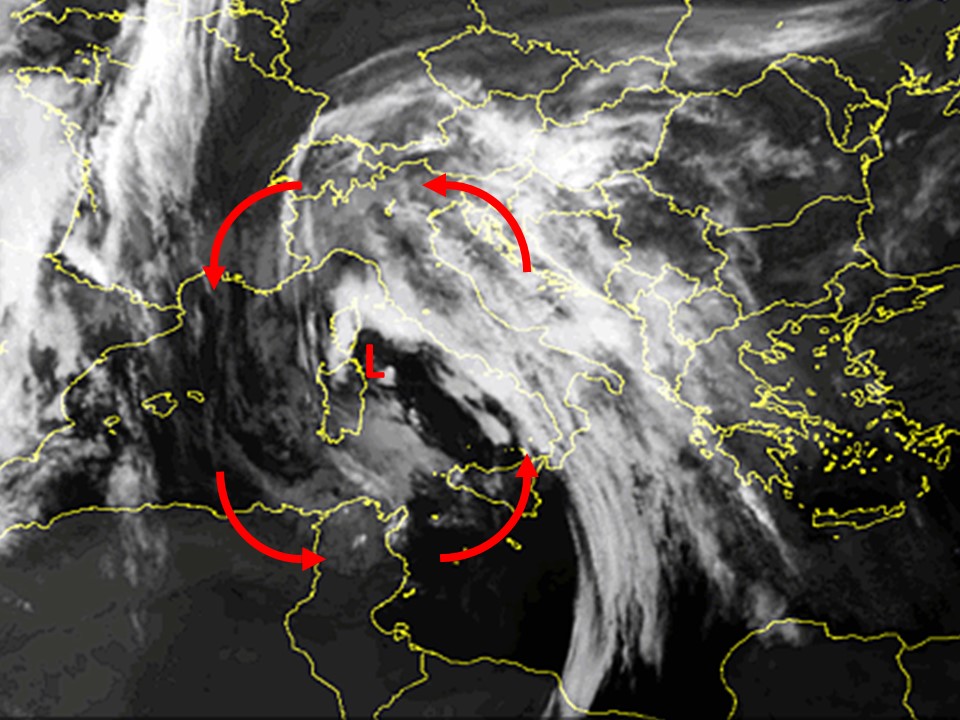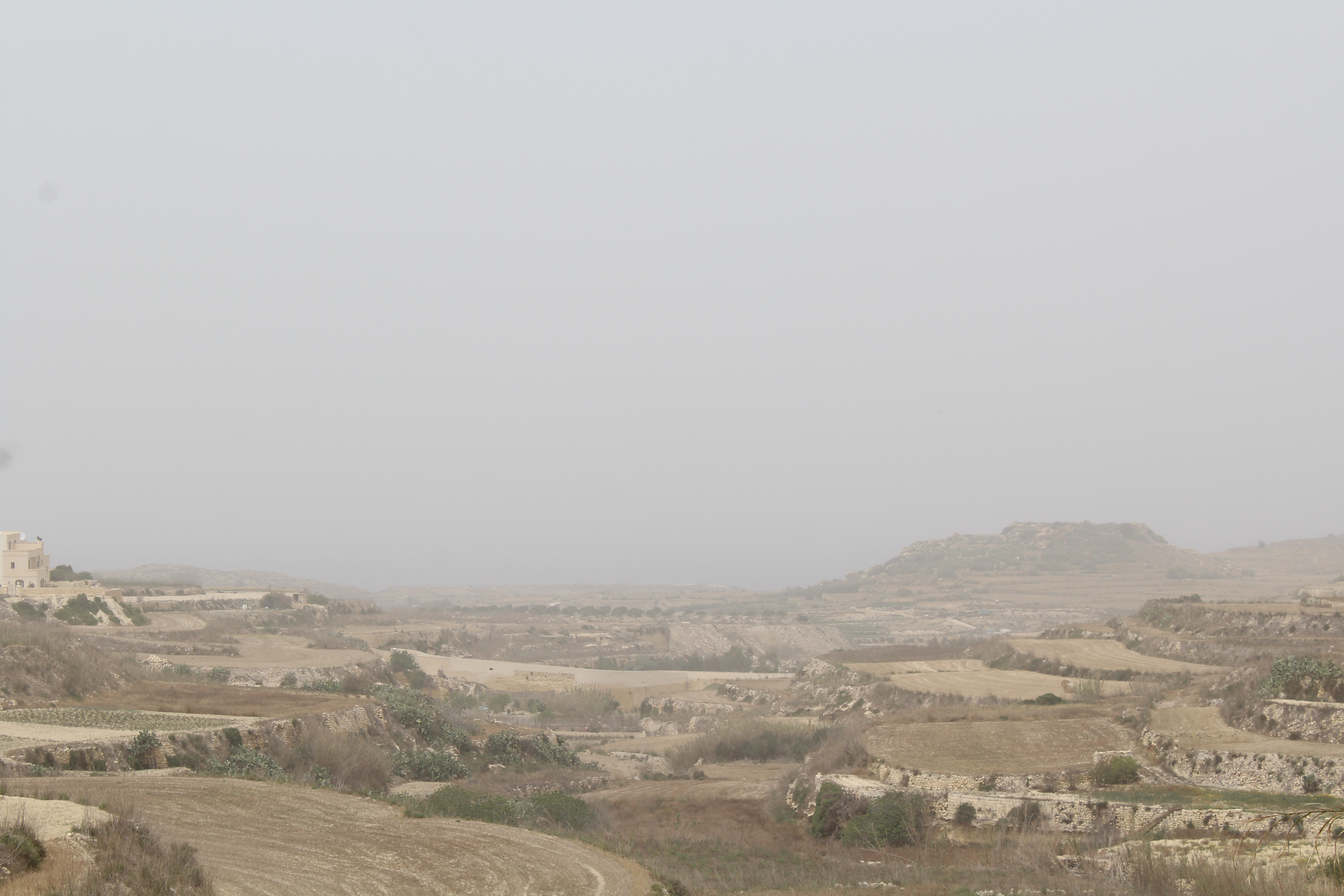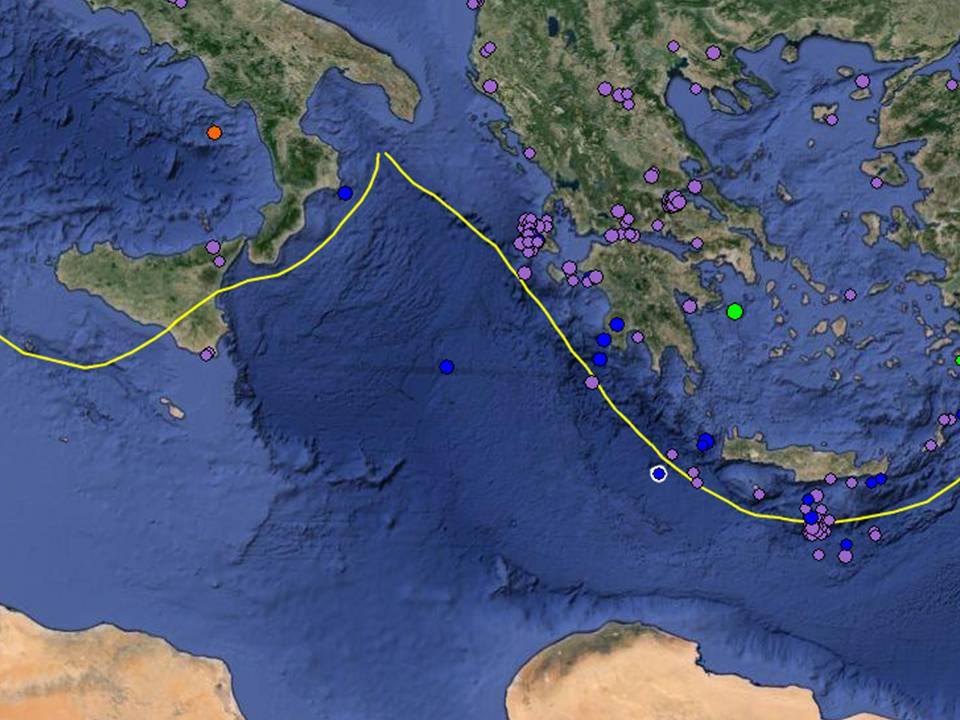Why do forecasts vary from one website to another?
People have been trying to predict the weather for thousands of years. You’d assume that by now we’d have it sorted out. Yet, you open three different weather sites and you find three slightly different forecasts. Why? How can forecasts for a small area like the Maltese Islands vary from one site to the other? These are two very valid questions. Meteorology is an art as much as it is a science.
Weather forecasts are derived from weather maps. There are various different weather maps available. All of these weather maps cover more or less the same parameters for exactly the same place over the same time. The production of these weather maps is the scientific part of weather forecasting. Now comes it’s artistic aspect. Each of these maps differ slightly from one another. These must be interpreted by humans. Humans must choose the map they deem to be the most realistic and reliable. The forecast is produced based on the chosen map. Thus, the final forecast depends on the decisions taken by the forecaster. Different weather sites employ different forecasters. Different forecasters have different knowledge levels. Different forecasters could interpret the same map differently. Different forecasters may prefer one map over another. Different forecasters make different errors of judgement along the way. And so on. Here are some common ways how human error may cause forecasts to vary from one site to another:
- Misreading the forecast data. This occurs from not spending enough time at examining various weather data or looking over the weather data too quickly.
- Not having enough analysis skills to interpret the weather data correctly.
- Biasing the data toward “weather wishes”. Common weather wishes include a severe weather event or winter storm event. Wanting a particular type of weather and that weather occurring are two independent issues.
- Relying too heavily on someone else’s forecast instead of drawing your conclusions directly from the weather data.
- Lack of personal experience. It helps to know the local effects within a forecast region. Experience by learning from forecast mistakes produced by local effects will make you a better forecaster for that region over time. Also, those experienced with knowing model biases will have an edge over those who do not. The memory of weather patterns in the past is often beneficial to know when a similar pattern sets up.
- Drawing illogical or meteorologically unsound conclusions from the weather data.
- Not recognizing what the major forecast challenge for the day will be. For example, coming up with a finely turned temperature forecast is not as important as determining if severe storms will occur.
- Not recognizing bad or irrelevant weather data.
- Reading the valid time for weather data incorrectly.
- Making the forecast too specific that it does not properly account for uncertainty or making the forecast too general that is does not have enough meaningful information.
- Not communicating the forecast clearly to the target audience. A forecast to others is only as good as who hears it and who understands it.
- A forecast that goes out of limb for the sole basis of being different from others.









